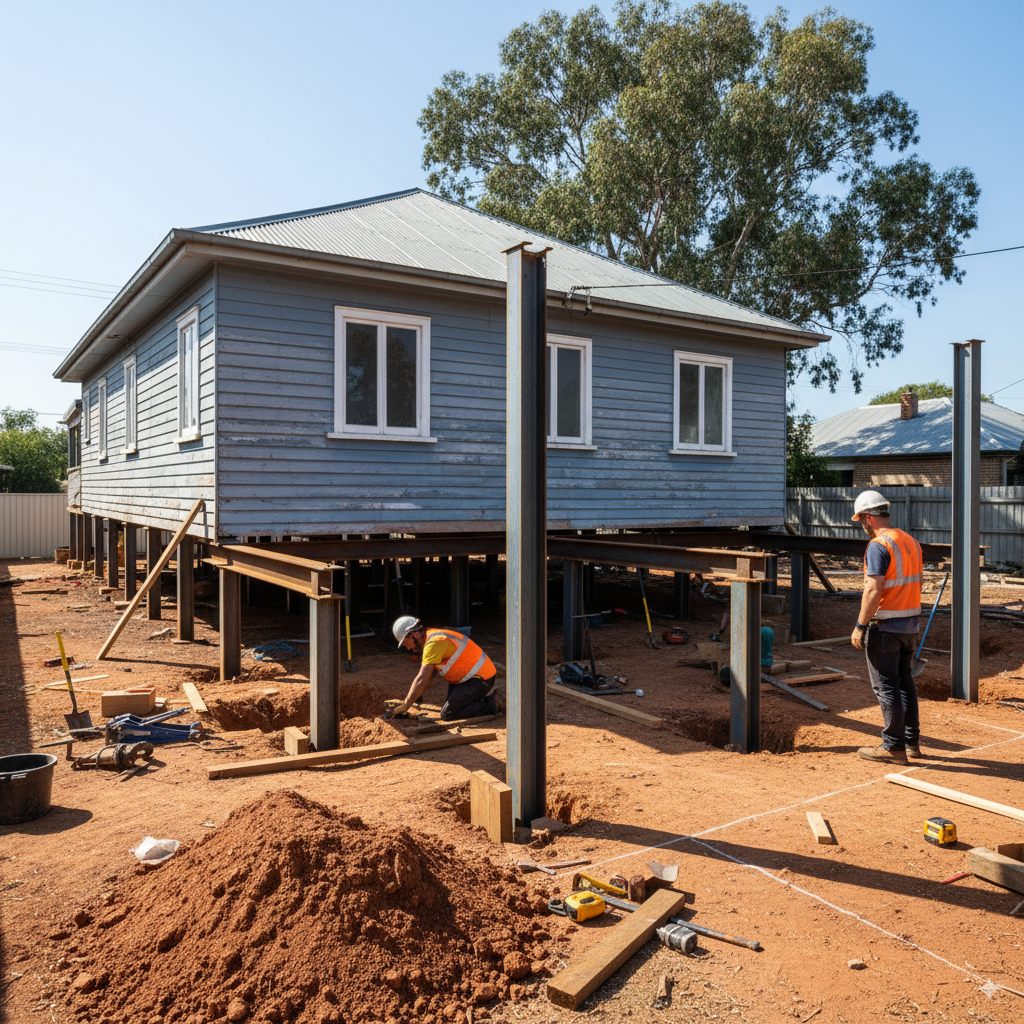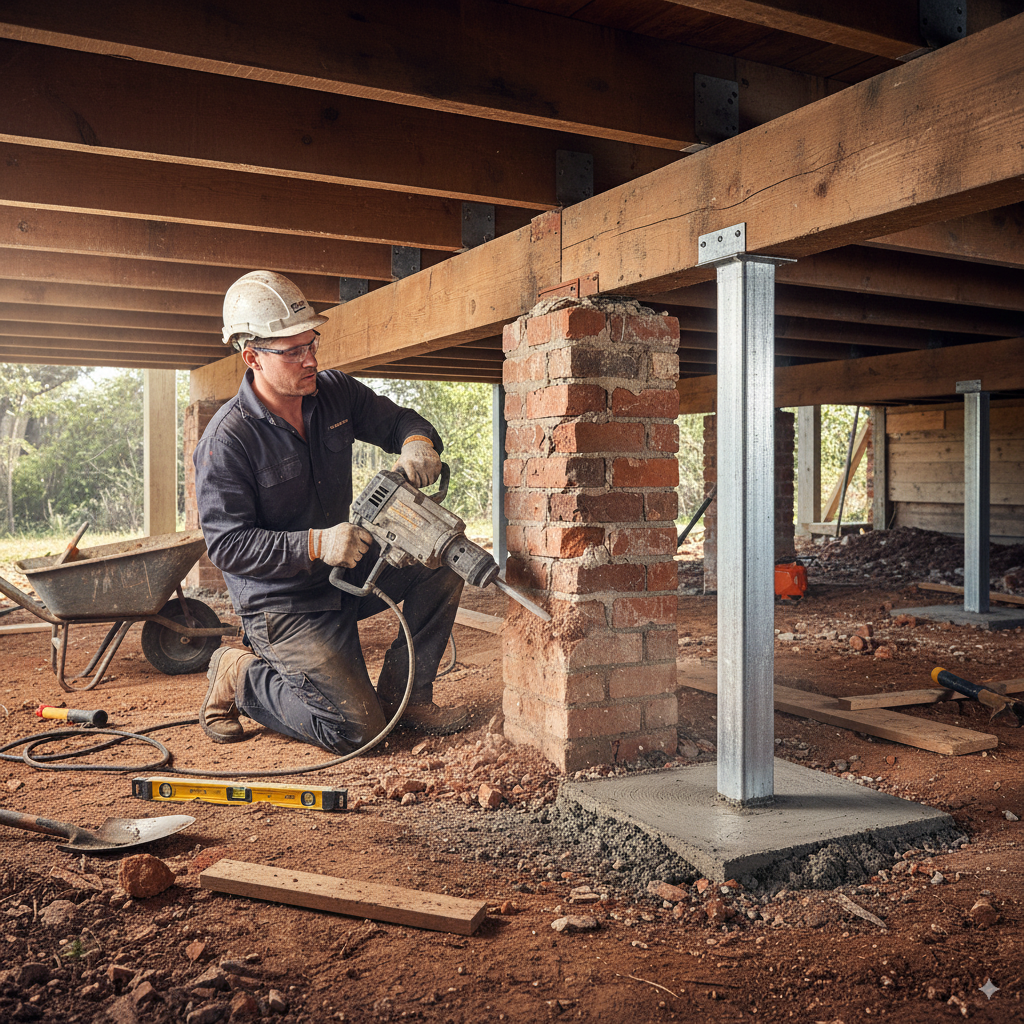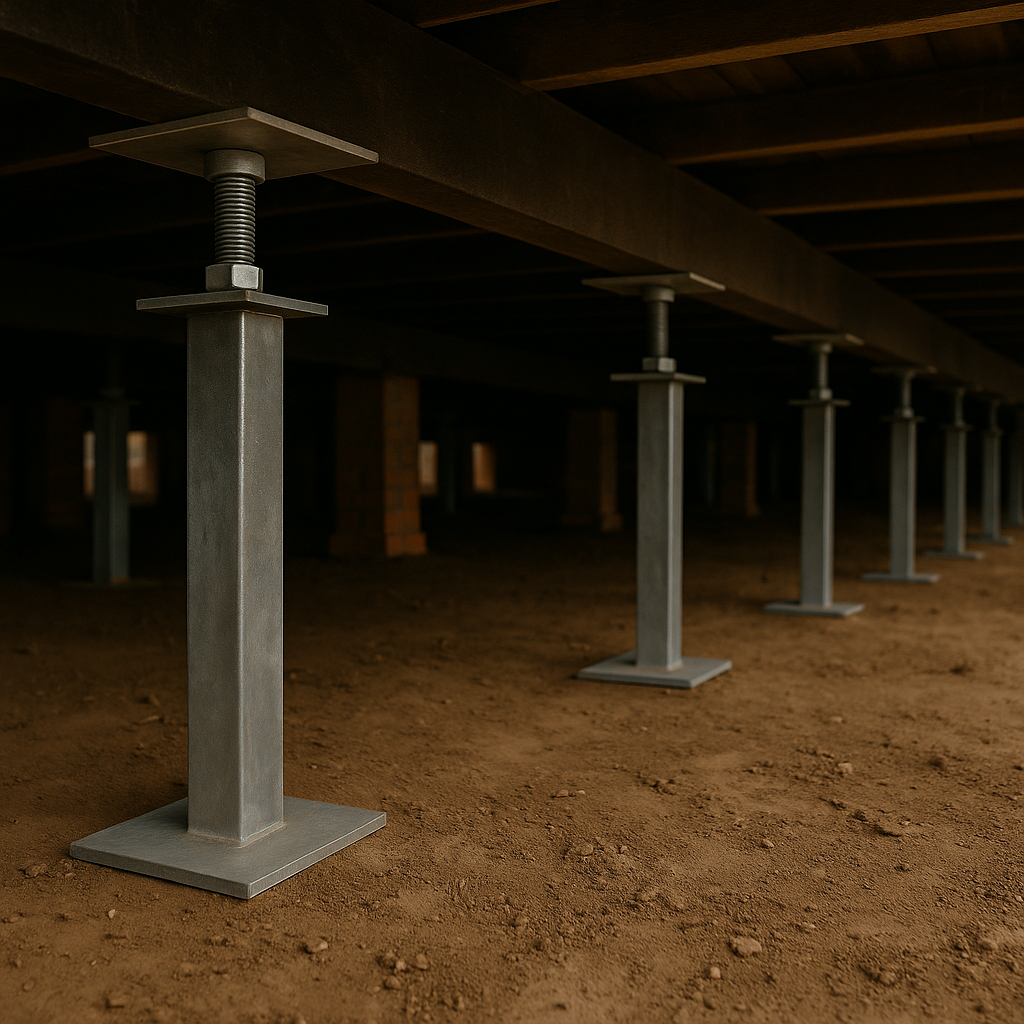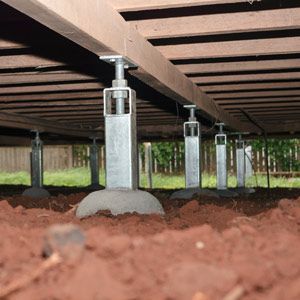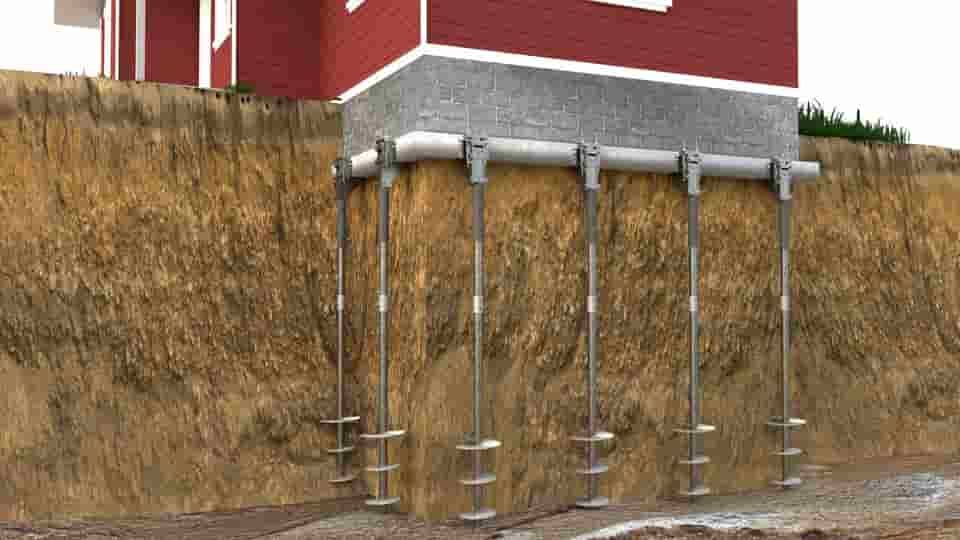How Relevelling Works in Homes with Timber Stumps
How Relevelling Works in Homes with Timber Stumps
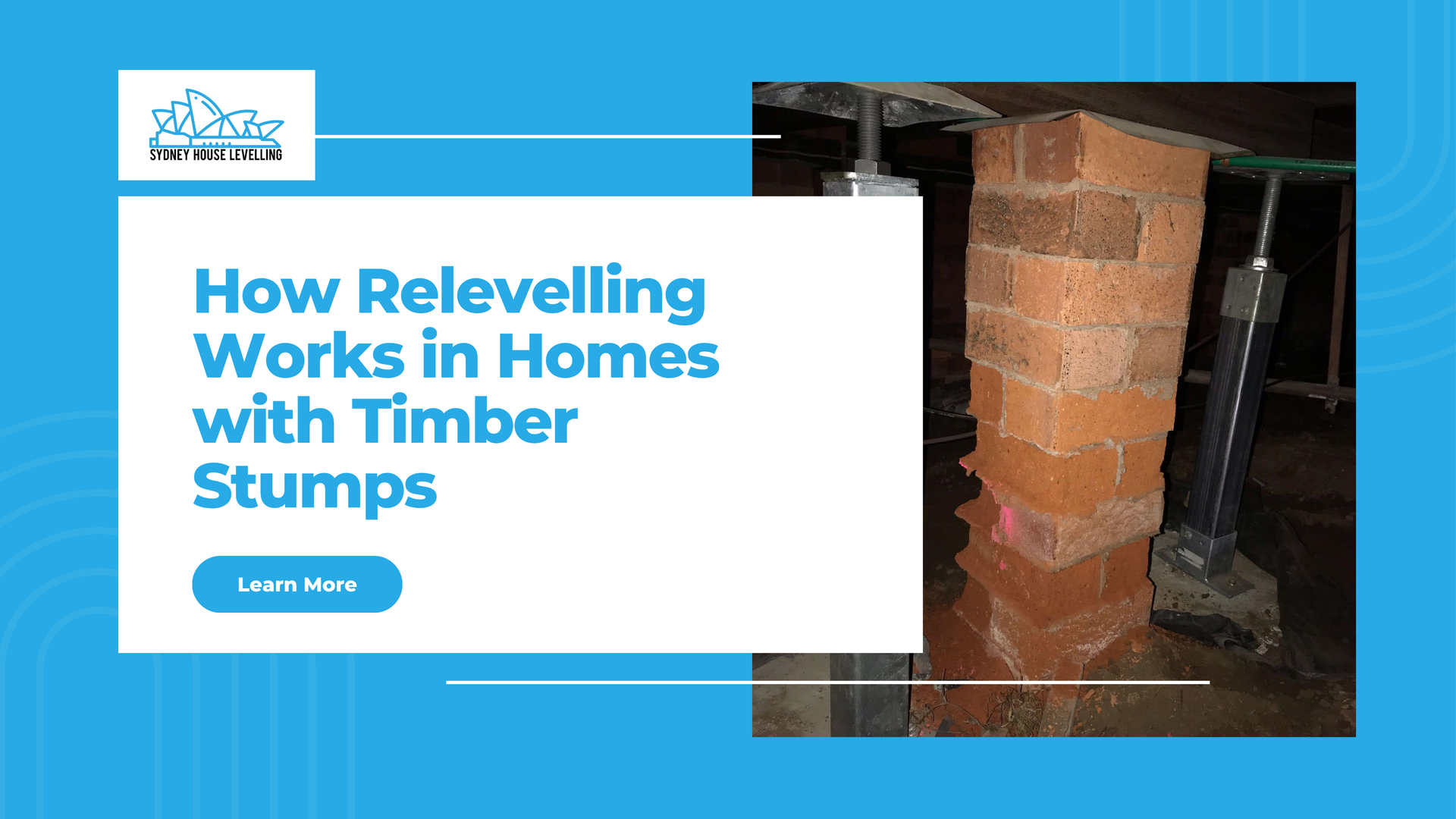
New Paragraph
How Relevelling Works in Homes with Timber Stumps
If you own an older home in Sydney, there’s a good chance it’s built on timber stumps . These stumps were the go-to foundation method for decades, but like anything made of wood, they don’t last forever. Over time, they can rot, sink, or shift, leaving your house sitting unevenly on unstable ground.
That’s where house relevelling comes in.
In this guide, we’ll walk you through how the process works for timber-stumped homes, what signs to watch out for, and why acting early can save you serious repair costs down the track.
What’s the Problem with Timber Stumps?
Timber stumps were once a practical and affordable way to support homes, especially raised Queenslanders and weatherboard cottages. But timber is vulnerable to:
- Rot and moisture damage, especially in poorly ventilated subfloors
- Termite attack, which weakens the structural integrity
- Sinking, as the soil beneath shifts or compacts over time
When stumps start to fail, the house becomes unlevel. You might notice uneven floors , cracks in walls, doors that don’t shut properly, or a springy, bouncy feeling underfoot.
How Relevelling Works for Timber-Stumped Homes
The good news is that timber-stumped homes are generally easier to relevel than concrete slabs, as long as the problem is caught early.
Here’s how we do it at Sydney House Leveling:
1. Inspection and Level Check
We start with a thorough site inspection. Our team will:
- Measure floor levels across different rooms
- Check the condition of existing timber stumps
- Identify signs of movement or structural stress
- Assess subfloor ventilation, drainage, and soil conditions
2. Create a Levelling Plan
Depending on how many stumps have failed and how far the house has moved, we’ll recommend either partial or full restumping , along with any needed structural levelling .
3. Lift and Support the House
Using hydraulic jacks, we carefully lift the home in sections to correct uneven areas. This is done gradually and with precision to avoid cracking or damage during the lift.
4. Remove and Replace Stumps
Old timber stumps are removed and replaced with more durable materials, usually:
- Galvanised steel stumps, which resist rust and termite damage
- Concrete stumps, ideal for wet or reactive soil zones
The new stumps are installed at the correct height to bring the home back to level.
5. Final Adjustments and Checks
We’ll recheck levels, ensure all stumps are aligned and seated correctly, and check that doors, windows, and internal finishes are functioning properly. If needed, we can also recommend floor levelling to fix any surface dips or bumps.
How Long Does It Take?
Most timber stump relevelling jobs take between a few days to two weeks, depending on access, number of stumps, and overall condition. In many cases, you can stay in the home while the work is being done, especially if we’re only restumping part of the house.
Is Relevelling Permanent?
With modern materials and proper drainage in place, yes — house relevelling can be a long-term fix for homes with timber stumps. We use high-quality stumps and proven methods designed to last for decades.
Ongoing maintenance, like keeping water away from the subfloor and checking for termite activity, helps prevent future issues.
Do You Need Relevelling?
Here are the key signs your timber-stumped home might need a check-up:
- Floors feel uneven, soft, or bouncy
- Visible gaps between walls and skirting
- Cracks in walls or ceiling cornices
- Doors or windows sticking
- Noticeable lean in parts of the house
If you’re seeing any of these, book a free inspection and we’ll give you a clear idea of what’s going on.
Expert Help for Sydney’s Timber Homes
At Sydney House Leveling, we specialise in relevelling timber-stumped homes across Sydney, from heritage cottages to post-war bungalows. We know the quirks, challenges, and best fix for each structure.
We offer:
- Free site inspections
- Honest, practical advice
- Long-lasting results with steel or concrete stumps
Let’s get your home back on solid, level ground — the right way.

